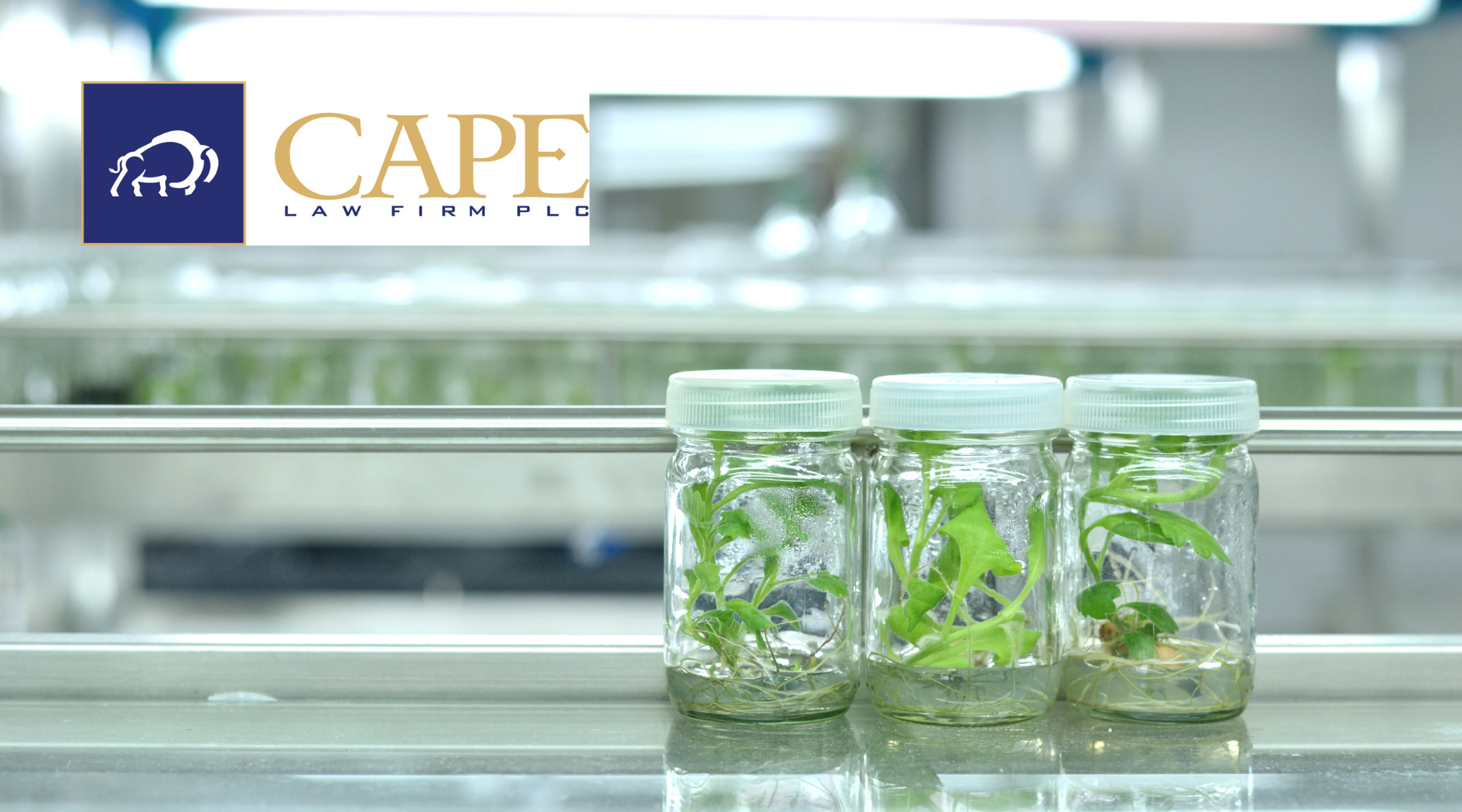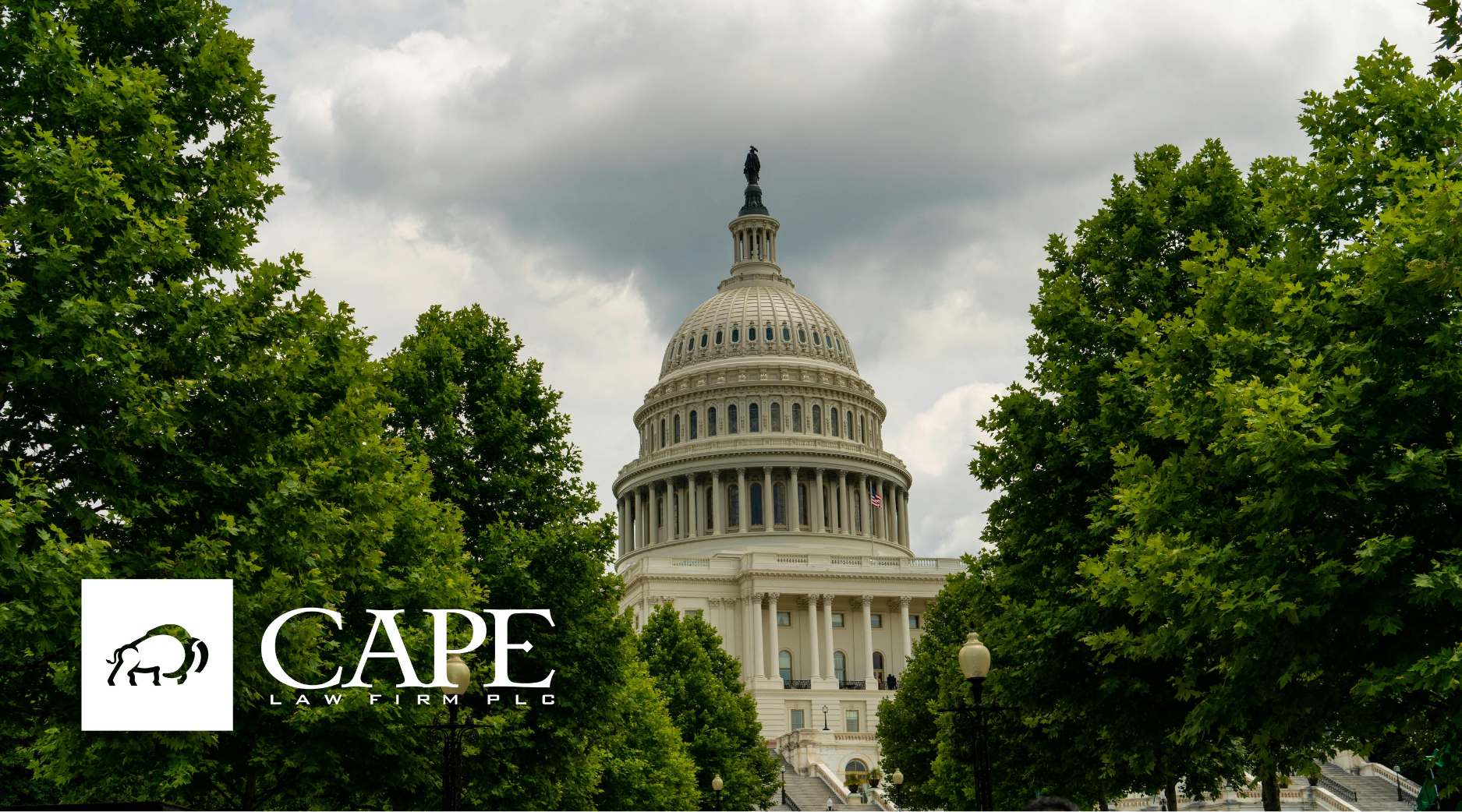Making America Healthy Poses Policy Challenges for Farmers & Ranchers
When the President’s Make America Healthy Again Commission (MAHA Commission) issued its Assessment report on childhood chronic disease on May 22, reaction among Agriculture industry groups was swift – both good and bad – as was the reaction from other industries the report touched upon. Although the report praised America’s farmers and ranchers for their productivity, some Ag groups were less than enthused by some of the Commission’s criticisms of modern agriculture. (A summary of the Assessment’s passages related to Agriculture can be accessed here.)
The Assessment identified four potential drivers of the rise in chronic childhood disease that “present the clearest opportunities for progress:”
- Poor Diet was associated with a shift towards consumption of Ultra-Processed Foods
- Aggregation of Chemicals in the Environment reflects concern that an increasing number of synthetic chemicals are in virtually everything we eat, breath, wear, and use, and the cumulative effect of those chemicals and exposures are poorly understood
- Lack of Activity and Chronic Stress recognizes that kids growing up in the digital age are spending the bulk of their time on digital screens instead of playing outside, or engaging in physical activity of any kind
- Overmedicalization reflects a concern over a dramatic rise in childhood diagnoses of maladies that were previously relatively rare, and the increased use of drugs to treat these diagnosed health problems
Note, the report didn’t claim to identify every driver of childhood disease, or even the majority – just those it believed provided opportunities. So what did the Report say that angered Ag groups like the American Soybean Association, the National Corn Growers Association, the American Farm Bureau (and others)? Basically, a couple of things:
- In so many words, the Report suggested using fewer pesticides might be beneficial. The concern is that there is a growing load of synthetic chemicals, including pesticides, persisting in the environment and the cumulative effects of this load on children are unknown. The Report also called out glyphosate and atrazine as examples of pesticides that have potentially conflicting safety data
- The Report was also highly critical of “Ultra-Processed Foods” and characterized seed oils (soybean, corn, canola, safflower, sunflower, cottonseed, canola) as “Ultra-Processed Fats.”
On the other hand, groups like R-Calf, the International Fresh Produce Association, the National Cattlemen’s Beef Association, and the International Dairy Foods Association were more optimistic about the Report because it generally praised the consumption of beef, fruits, vegetables, and milk. To some extent, whether the Report was viewed as good or bad depends on the particular farm products being represented.
Underlying the MAHA Assessment Report, and the Executive Order that established the Commission, is a noble, long-standing government ag policy that is challenging to reconcile:
This is unquestionably a great policy for consumers and national security – ample supplies of healthy, affordable food. But driving food prices down doesn’t necessarily help the prosperity of farmers and ranchers that already operate on thin (or non-existent) profit margins. The same is true regarding making food abundant – increasing supply often drives down price, which is great for consumers, but results in difficult economic conditions for producers. In other words, there is inherent tension with making food abundant and cheap while also ensuring the economic prosperity of farmers and ranchers. The Report even alludes to symptoms of this policy:
Resolving this tension typically involves government support (subsidies) for some agricultural producers, but not all. The question is which farmers and ranchers will benefit from making the food supply healthier, more abundant, and more affordable?
Arkansas Seed Dealers Association Holds Summer Convention
The Arkansas Seed Dealers Association gathered for its Summer Convention last week where members had the opportunity to catch up on industry issues and also raise money for college scholarships. Dr. Hunter Biram, Assistant Professor of Agricultural Economics at the University of Arkansas, gave a timely presentation on Prevented Planting insurance. I also had the opportunity to give a presentation on the agricultural issues raised by the MAHA Commission’s Assessment Report and the Nuts & Bolts of a genetics license audit.
The Association’s Winter Convention will be held January 15-16, 2026, in Hot Springs, Arkansas.





